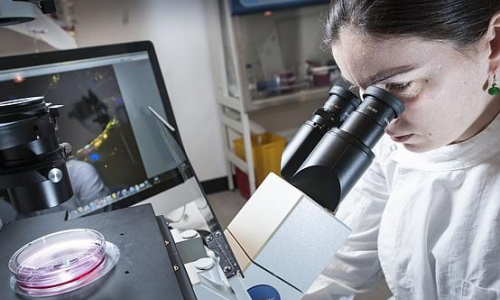Massey University scientists have discovered a universal law that explains how hybrid species survive and thrive.
Massey University computational biologist Murray Cox
Computational biologist Professor Murray Cox and molecular biologist Dr Austen Ganley led the research that analysed what happens when a new species is formed. Their findings were published today in the Public Library of Science online journal, Genetics.
“When two very different species suddenly merge together, a new species is created instantaneously that contains two different sets of machinery, or RNA (Ribonucleic acid) as it’s known,” Professor Cox says. “Some parts of this machinery won’t work together, so we asked the question, how does this hybrid survive?”
Professor Cox says hybrids are surprisingly common and can be seen in the cotton used to make bed-sheets, the wheat in bread and in New Zealand alpine plants.
His team used advanced computational biology methods to sequence and analyse hundreds of millions of RNA copies of a fungus found in grass. “This particularly fungus [epichloe endophyte] is one of the good guys,” he says. “The plant gives the fungus a place to live, and the fungus produces chemicals that kill insects that try to eat the grass. This hidden relationship is a key reason for the success of New Zealand’s multibillion dollar dairy industry.”
Professor Cox was amazed to find that the RNA levels in the grass fungus were almost identical to the patterns found in cotton – the only other hybrid species that has undergone similar analysis.
“These species are radically different, for starters, one is a plant, the other is a fungus,” he says. “Therefore we realised we had identified universal rules that dictate how gene expression has to behave in order for hybrid species to control their two sets of machinery [RNA], regardless of what exact species those hybrids are.”
These genetic rules revealed that the hybrid’s genes mimic one parent or the other. “The RNA levels showed one copy effectively gets turned off. It’s not simply an average of what its parents have. This pattern occurs in both fungi and plants — in other words, there are universal rules that control gene expression levels in hybrids across the tree of life.”
It is this final point that has generated the greatest interest in the scientific community and earned Professor Cox’s research a place in the PLOS Genetics publication.
Story Source:
The above story is based on materials provided by Massey University.






